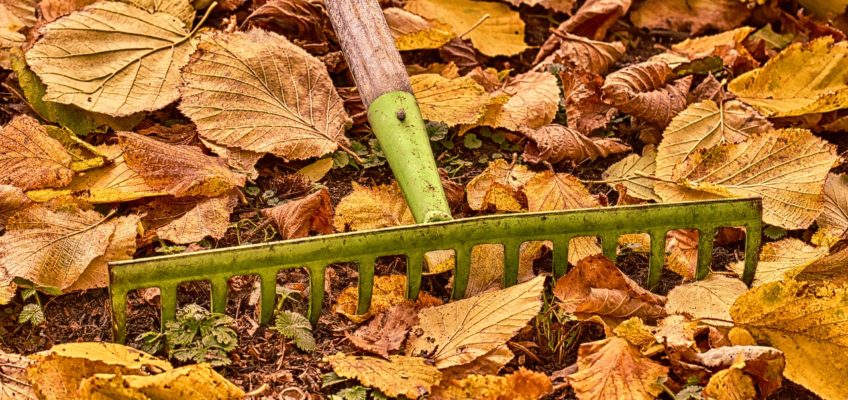As the trees shed leaves and darting chipmunks gather walnut shells, fall planting is finally upon us. The onset of autumn signals it is planting season again. While spring the customary time for planting, fall is one of the best times (maybe better) to plant your native perennials, grasses, and shrubs. The days shorten, and the temperature starts to drop, especially in the evening, presenting the perfect root establishment conditions. If you’re used to spring planting, here are a few tips and ideas to keep in mind during your autumn plant installation.
Timing is key
For the Mid-Atlantic region, late summer to early fall extends from August to September or early October. This time is the sweet spot for fall planting. The further north you live, the earlier you should plant. You want to aim for getting plants in the ground at least six weeks before the ground freezes solid. Why? Most of the action is happening underground as roots need time to become established. Fall is also an excellent time to divide any existing perennials that are spring and early-summer bloomers. Plan and time your plant orders accordingly.
Soil temperatures benefits
This time of year, the soil temperature is warmer than it is in spring. The soil temperature is warm enough for active root growth. Since plants are usually dormant and not producing flowers, they have more energy for root establishment.
Plant spring ephemerals in early fall
Spring-blooming perennials thrive when planted early in the fall season. Spring ephemerals like white and yellow trilliums, shooting stars, rue anemone, bloodroot, trout lilies, and jack-in-the-pulpits are entirely dormant in fall. No growth appears above the roots. Other spring or early summer blooming plants will also look spent as they finish their growth cycle. In the fall, the soil should still be warm to give the roots time to establish. With well-established roots, spring ephemerals and other spring to early summer bloomers will emerge the following year with a stronger start and appear more floriferous.
Watering and rainfall
Before planting, be sure the plants are watered thoroughly and give the roots time to entirely soak up the water. Given the combination of lower temperatures, lower sun angles, and shorter days, you need to water less in the fall. Typically, regular rainfall returns this time of year. However, if rains are scarce, water deeply, up to an inch of water each week.
Frost and avoiding frost heave
Frost stops the plant growth aboveground. It doesn’t kill the plant. The plant’s roots should continue to grow until the ground freezes solid. In late fall to early winter, the soil’s freezing and thawing cycle result in a frost heave. Frost heave is the upwards swelling of soil due to its expansion from freezing. Plants not fully rooted rise from the ground and risk dying due to cold temperatures. Early fall planting reduces the chance of frost heave.
Wait to mulch
Wait to add mulch to new plantings. New growth benefits from the sun warming the soil through October. Once the cold weather sets in and night temperatures are consistently 32 degrees or lower, apply mulch, leaf litter, spent plant material, straw, etc. Once the soil is completely frozen, a straw or mulch layer will keep the ground from thawing around the plants. Later, remove the winter mulch in the spring after the freeze-thaw cycles have ended.
Perennials planted in fall will be more floriferous and uniform next year than those grown in spring. Give your plants more time for their roots to establish, and plant them in the fall. Contact Keystone Wildflowers today and get your fall planting order in before the ground freezes.


